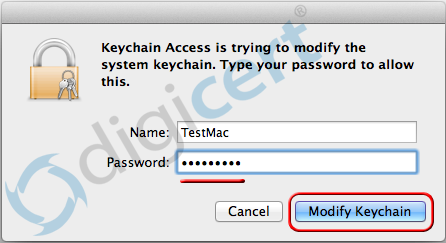

For instance, if you are providing an SSO solution used by external clients or services outside your enterprise, it makes sense to deploy an IdP to a secure cloud host. However, there are times when you may want to deploy an IdP. In this configuration, web applications in the cloud are service providers. In a typical hybrid cloud configuration, the IdP resides on a private network in a secure segment, usually inside the enterprise. You’ll need it to access CenturyLink Cloud Compute servers.

If you don’t have a CenturyLink Cloud account yet, just head over to our website and activate an account. This extensibility means that SAML SSO can be built on top of your existing enterprise authentication system. This means that authentication information can be stored in LDAP, Active Directory, or an arbitrary database. Remember that the IdP can use any sort of backend as long as it provides a SAML response. The user is successfully logged-in to the SP's web application.The user is redirected back to the SP with the SAML response.The IdP authenticates the user and generates a SAML response.The service provider generates a SAML request and redirects the user to the IdP's SSO URL with the generated request.The user attempts to reach a web application at a service provider.The process below outlines what a typical web application looks like when using SAML SSO. Typically, the principal is a user.īefore knowing what elements of SAML-based SSO you will need to deploy, you need to know what a typical SAML session looks like. A Principal is the thing that has been authenticated.The SP checks with the IdP to verify a user's security token. A Service Provider (SP) is a system providing a service to a user, such as email or a web server.This allows the IdP to check user credentials and assert its knowledge of successful authentication. The IdP stores a database of users and provides a secure authentication mechanism. An Identity Provider (IdP) is a service that authenticates users and provides them with security tokens.The following terms are used by SAML specification and are needed to talk about deploying SSO solutions. There are a number of terms that need to be understood in order to get a firm grasp of SAML and SSO systems. In this article, we will look at Shibboleth and SimpleSAMLphp, two SAML options available for adding SSO to your cloud-hosted web applications. For instance, any website that allows you to log-in using your Facebook or Twitter account is using an SSO-based protocol solution, such as OAuth.įor enterprise applications, the industry has developed an XML-based open standard called Security Assertion Markup Language (SAML) to distribute authentication and authorization information to facilitate SSO. With web applications becoming more and more common, additional SSO solutions have become popular. Many SSO solutions have been developed over the years, from MIT Kerberos to Microsoft Active Directory. Single sign-on (SSO) technologies provide a variety of solutions that aim to make user management and authentication simpler across all systems. Hybrid cloud environments make this more challenging as the complexity of cross-network security increases.
#To move click authenticate mac os x apache server update
To workaround this problem, update the ReliableClientImpl.java JWS file and remove the wsdlLocation attribute of the annotation.Handling user authentication across multiple systems, networks, and applications is one of the most time-consuming IT tasks. To prevent this potential problem, it is best to not specify the attribute at all so that WebLogic Server always uses the local WSDL. You should not specify this attribute in the client Web Service because it is possible that the runtime retrieval of the WSDL file might not succeed.

Pay particular attention to the namespaces and assertion order. To workaround this problem, update the example WS-Policy file (called ReliableHelloWorldPolicy.xml) to look like the default reliable messaging WS-Policy file included in WebLogic Server, described in Use of WS-Policy Files for Web Service Reliable Messaging Configuration. In particular, the WS-Policy file includes an incorrect wsrm namespace and lists the assertions in an incorrect order.


 0 kommentar(er)
0 kommentar(er)
